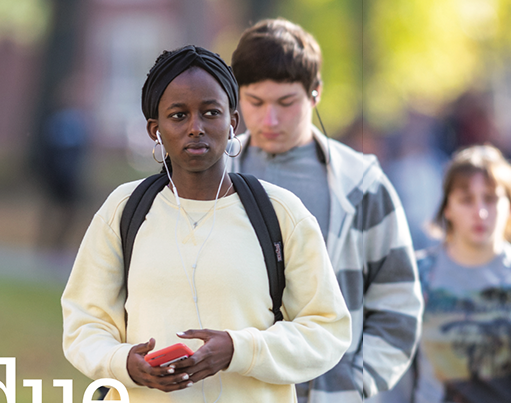UMaine’s student and faculty diversity is among the lowest in the nation. The University’s administration and the Alumni Association commit to changing that.
LIKE MOST AMERICAN land-grant institutions, UMaine is a national research university. It attracts faculty and students from across the U.S. and scores of nations—all 50 states and more than 75 countries during the 2020-21 school year.
The university’s mission and interests may be diverse and global, but those qualities are weakly represented in the racial and ethnic makeup of its student body and faculty. In fact, its lack of diversity is an educational, economic, and cultural liability, one that affects UMaine’s ability to attract and retain in-state and out-of-state students as well as faculty.
UMaine President Joan Ferrini-Mundy has made creating a diverse and inclusive university community a top priority. She has created the President’s Council on Diversity, Equity, and Inclusion to improve the institution’s climate and composition. The Alumni Association is a committed partner in those efforts.
The following pages provide a historical context for these endeavors and, it is hoped, a better understanding of how greater diversity and inclusion will enrich the quality and value of a UMaine education. We invite you to share your feedback by contacting the Association’s President, John N. Diamond ’77, ’89G, at diamond@maine.edu.
